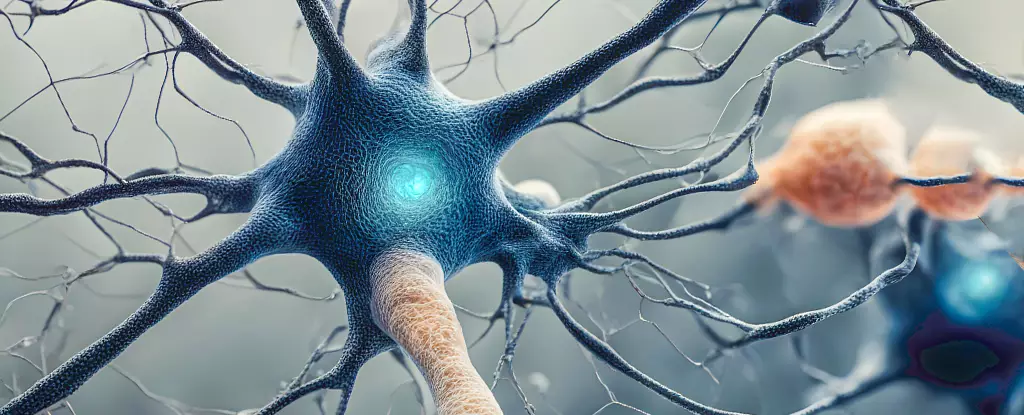In recent years, research on Alzheimer’s disease has taken an interesting turn. Despite years of study, the direct cause of brain damage in Alzheimer’s has remained elusive. However, a team of researchers from Emory University in the US may have uncovered a new perspective on the disease. While previous studies have focused on abnormal protein clumps known as plaques of amyloid beta, the latest findings suggest that these plaques may not be the direct cause of brain damage in Alzheimer’s.
Traditionally, amyloid beta plaques have been at the forefront of Alzheimer’s research, with many scientists believing that these plaques are responsible for damaging brain cells. However, recent studies have challenged this notion, suggesting that the plaques may actually be a side effect of the disease rather than its cause. Laboratory studies have shown that amyloid beta plaques do not directly damage brain cells, and treatments targeting these proteins have not been as successful as expected.
The team of researchers from Emory University found evidence that other proteins accumulating along with the plaques could be responsible for the symptoms of Alzheimer’s disease. By comparing protein combinations in mouse models of Alzheimer’s with human data, they identified more than 20 proteins that accumulated along with amyloid beta. Many of these proteins are signaling molecules that, when trapped in the plaques, may activate processes that contribute to brain damage.
One of the key findings of the study was the overexpression of two proteins, midkine and/or pleiotrophin, in conjunction with amyloid beta plaques. These proteins are involved in inflammatory processes in the body and may provide a basis for new therapeutic approaches to Alzheimer’s disease. Initial tests on midkine and pleiotrophin in the lab showed that these molecules accelerated the formation of plaques, shedding light on their potential role in the disease.
The findings of the study suggest that the accumulation of proteins in the plaque is not simply a bystander effect but may play a vital role in the disease process. While amyloid beta proteins may act as scaffolds that attract other molecules, it is the interaction of these proteins that could lead to brain damage. The researchers emphasize the need to consider the intricate interplay of various proteins in Alzheimer’s pathology and explore new avenues for treatment.
The research from Emory University offers a new perspective on Alzheimer’s disease and highlights the complexity of the disease process. By identifying new protein suspects and potential therapeutic targets, the study opens up new possibilities for understanding and treating this devastating condition. Further research is needed to unravel the intricate mechanisms at play in Alzheimer’s disease and develop effective treatments for those affected.


Leave a Reply